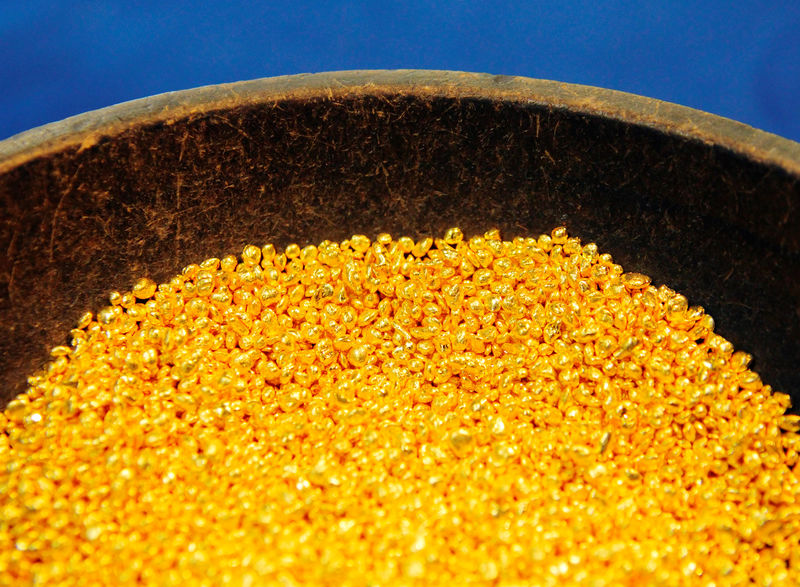Investing.com -- Gold prices slipped lower Tuesday as the Federal Reserve kicked off its final meeting of the year that is expected to conclude with a rate cut on Wednesday.
At 15:09 ET (20:09 GMT), spot gold fell 0.3% to $2,646.06 an ounce, while gold futures expiring in February slipped 0.3% to $2,662.44 an ounce.
The yellow metal has fallen into something of a holding pattern between $2,600 and $2,700 as traders bought dollars before rate decisions from the Fed, the Bank of Japan and the Bank of England this week.
Fed kicks of meeting ahead of rate decision
The Fed is widely expected to cut interest rates by 25 basis points at the conclusion of a two-day meeting on Wednesday - a scenario that appears to be largely priced in by markets.
But the central bank’s outlook on rates will be closely watched, amid growing conviction that the Fed will signal a slower pace of rate cuts in the coming year, in the wake of recent data prints showing sticky inflation and labor market strength.
The prospect of relatively high US rates boosted the dollar in recent sessions, while dragging gold prices further off record highs. High rates pressure gold and other metals by increasing the opportunity cost of investing in the sector.
Beyond the Fed, the BOJ and BOE are also set to decide on rates this week. The BOE is widely expected to hold rates unchanged, while analysts are split over whether the BOJ will hike rates again after a historic monetary policy pivot earlier this year.
Other precious metals were mixed. Platinum futures rose 0.1% to $943.15 an ounce, while silver futures fell 0.3% to $30.955 an ounce.
Copper prices pressured by China woes
Among industrial metals, copper prices fell on Tuesday, remaining under pressure from concerns over sluggish economic growth in top importer China.
Benchmark copper futures on the London Metal Exchange fell 0.7% to $9,008.00 a ton, while February copper futures fell 1.1% to $4.1448 a pound.
The red metal retreated on Monday following middling economic readings from China, which showed that the economy was still struggling despite a slew of supportive measures from Beijing.
While China’s copper demand has so far remained resilient, traders fear a potential slowdown due to worsening conditions in the country.
(Peter Nurse, Ambar Warrick contributed to this article.)
